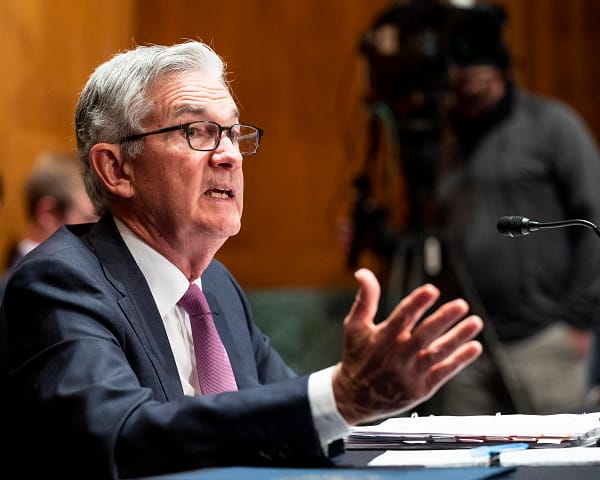The S&P 500 index experienced a significant drop on Thursday, November 14, 2024, settling around 5,950 points.
This decline occurred after Jerome Powell, Chair of the U.S. Federal Reserve, suggested a cautious approach toward future interest rate cuts.
Powell’s comments reflect the Fed’s prudence in response to signs of economic stability while also highlighting concerns about inflation control and the performance of other key economic indicators.
One reason behind the market’s reaction was the increase in the yield on the 2-year Treasury bond, which rose by 6 basis points to 4.34%.
This yield rise reflects the market’s perception that the Fed may delay a more expansive policy if economic data show strength or resilience in some sectors. Short-term bonds, especially the 2-year, typically respond more quickly to Fed policy expectations, and their increase tends to affect the appetite for riskier assets like stocks.
Regarding inflation data, the U.S. Producer Price Index (PPI) rose 0.2% month-over-month in October, exceeding the 0.1% recorded in September. This indicator, which measures the change in prices of goods and services produced, reflects inflationary pressure at the wholesale level, and an increase like the one observed can suggest that consumer prices will also rise in the short term. This has led analysts to consider that inflation could still pose a barrier to implementing aggressive interest rate cuts despite the Fed’s cautious stance.
The Core Producer Price Index, which excludes food and energy, rose by 0.3% month-over-month in October, compared to 0.2% the previous month. This core measure excludes volatile items and is significant to the Fed as it provides a more stable reading of inflation. The higher-than-expected increase indicates persistent inflationary pressure in the economy, reinforcing the need for a careful approach to monetary policy decisions.
These economic data and Powell’s statements have led investors to adjust their expectations regarding the Fed’s next move. While some economists consider it likely that the Fed will make a rate cut in December, others suggest it may be delayed until 2025 if inflation and other key indicators continue to show resilience. Uncertainty about the Fed’s next steps has increased market volatility, impacting both the bond and stock markets.
In conclusion, the drop in the S&P 500 and the rise in bond yields reflect an investor response to mixed economic signals and the caution expressed by the Fed. Although some data points to a possible economic slowdown, inflationary pressure complicates monetary policy decisions. While it remains possible that the Fed will cut rates in December, the market is in a wait-and-see mode, with caution likely to dominate in the short term until economic indicators provide a clearer signal of the direction of the U.S. economy.

